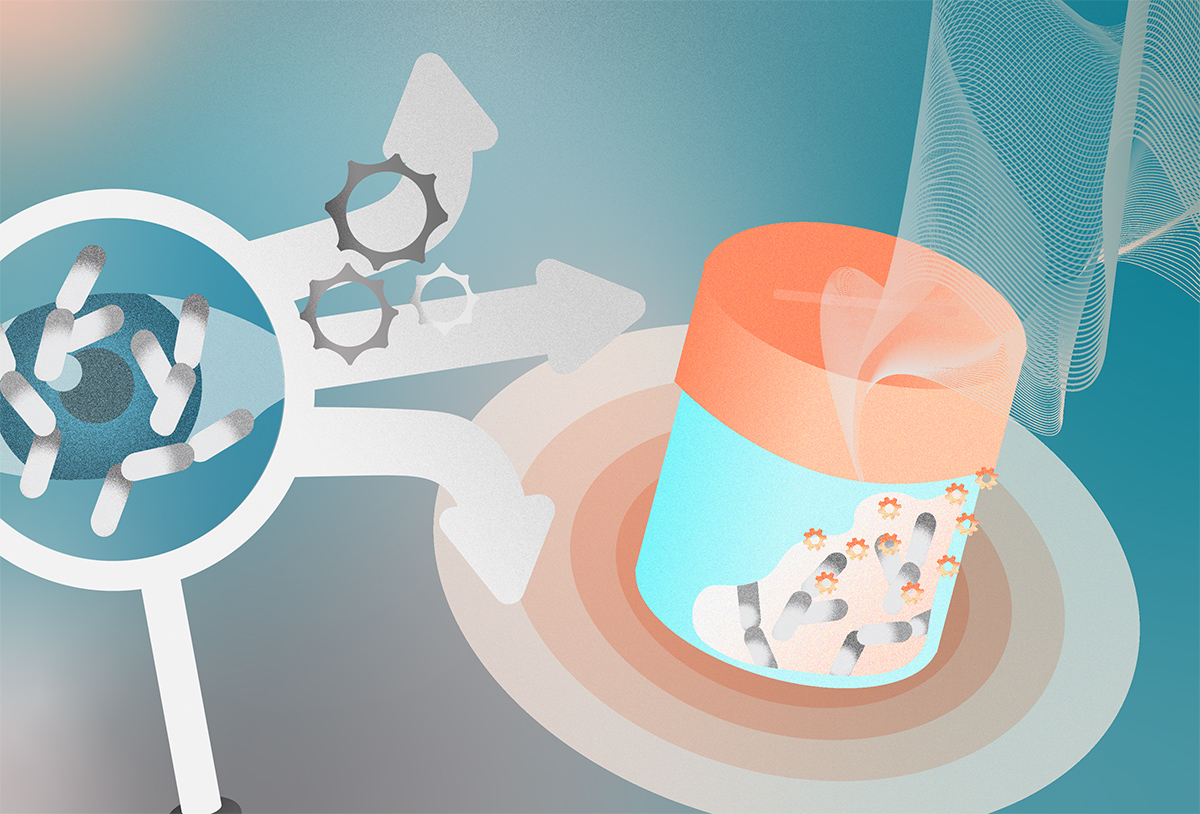The Flawed Foundation: Rethinking CFU and Plate Count in Microbial Biofilm Research
Microbial biofilm research has long relied on colony-forming units (CFU) and plate count methods as primary tools for quantifying viable cells, as in all other fields of microbiology. However, as we delve deeper into the complexities of biofilms, it becomes increasingly evident that this conventional approach is fraught with limitations, resulting in a gross underestimation of viable cells and potentially leading to flawed conclusions. The challenges lie not only in the physical extraction of cells from the biofilm matrix but also in the biological complexities that render many cells unculturable in standard laboratory conditions.
One major hurdle in accurately assessing microbial biofilms lies in the difficulty of disentangling bacterial cells from their intricate matrix. Despite the use of aggressive mechanical treatments such as vortexing, bead beating, and ultra-sonication, the reality remains that biofilm aggregates, even comprising thousands of cells, will persist, and will only present on an agar plate as a single colony. The homogenization of a biofilm into a truly single-cell mix is a task so arduous that it often borders on the impossible.
The core issue stems from the adhesive nature of biofilm communities, where bacteria are intricately woven into a matrix of extracellular polymeric substances. These substances act as a protective shield, making it nearly impossible to break apart bacterial cells from the matrix entirely. Consequently, the reliance on CFU and plate count methods inherently skew the data, as the true number of viable cells is obscured by the limitations of physical extraction techniques.
Beyond the physical challenges, a deeper biological dilemma arises. Cells nestled deep within a biofilm may inhabit anoxic environments, and upon extraction into air on a nutrient-rich agar plate, they might transition from a highly anaerobic or microaerophilic state to an aerobic one. This stark change in environmental conditions may lead to cell death or at least a viable-but-non-culturable state, using standard laboratory practices, leading to a significant underrepresentation of the microbial diversity within the biofilm.
The repercussions of relying solely on CFU and plate count methodologies are profound. Underestimating the viable cell population in biofilm research not only skews data but also jeopardizes the validity of scientific conclusions. Researchers may inadvertently draw inaccurate inferences about the effectiveness of antimicrobial agents, biofilm dispersal strategies, or the overall dynamics of microbial communities.
Furthermore, the overreliance on traditional methods results in a colossal waste of valuable resources and time. Experiments conducted with flawed quantification methodologies can misdirect scientific efforts, hindering progress in understanding and combatting biofilm-related issues in medical, industrial, and environmental contexts.
In conclusion, the limitations of CFU and plate count methodologies in microbial biofilm research are undeniable. To advance our understanding of these complex communities, a paradigm shift towards innovative approaches that account for the physical and biological intricacies of biofilms is imperative. Only by acknowledging and addressing these limitations can we hope to unravel the true intricacies of microbial biofilm behavior and develop more effective strategies for their management.
